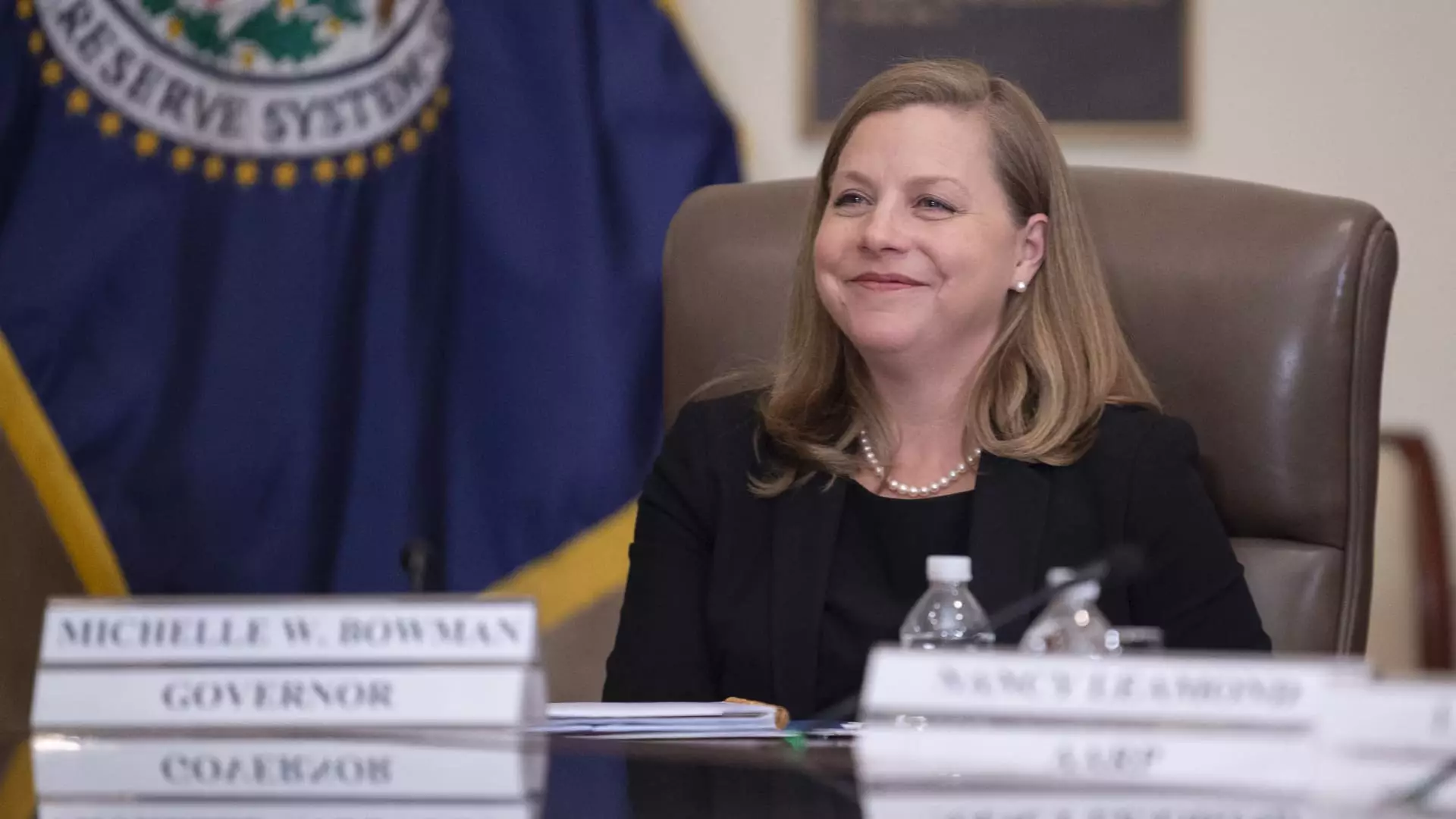Federal Reserve Governor Michelle Bowman recently expressed concerns regarding the potential need for interest rates to move higher in order to control inflation. While her fellow officials have indicated that cuts are likely, Bowman’s stance leans towards a more aggressive approach to prevent inflation from spiraling out of control. She highlighted various upside risks to inflation that policymakers need to consider, emphasizing the importance of not easing policy too quickly.
As a member of the Board of Governors and a permanent voting member of the rate-setting Federal Open Market Committee, Bowman’s views carry significant weight in shaping monetary policy. Since assuming office in late 2018, she has consistently taken a more hawkish stance within the FOMC, advocating for a proactive approach to containing inflation. While she acknowledged the possibility of lowering rates in the future, Bowman emphasized the importance of closely monitoring inflation and avoiding premature rate cuts.
Bowman’s remarks come at a time when markets are uncertain about the future direction of Fed policy. Recent statements from Chair Jerome Powell and other officials have hinted at a cautious approach to rate cuts, contrasting with the market’s expectations of multiple cuts this year. While futures traders are pricing in three cuts, the actual timing and magnitude of these cuts remain unclear. The divergence in views within the FOMC further adds to the uncertainty surrounding the future path of interest rates.
In her speech to the Shadow Open Market Committee, Bowman highlighted several factors contributing to the inflation risks faced by the Fed. She pointed to supply-side improvements that may not have a lasting impact, geopolitical uncertainties, fiscal stimulus measures, and persistent inflationary pressures in the housing and labor markets. The recent inflation readings suggest that progress in containing inflation may be slower or uneven, particularly in core services which could pose challenges for policymakers in the future.
Bowman’s cautious approach to monetary policy reflects the complexity of the economic landscape and the challenges of balancing growth and inflation concerns. As the Fed grapples with uncertainty surrounding inflation and market expectations, the need for a carefully calibrated approach to interest rates becomes increasingly critical. While the debate over rate cuts continues, policymakers must remain vigilant in assessing economic data and adjusting policy as needed to steer the economy towards a more stable and sustainable path.


Leave a Reply